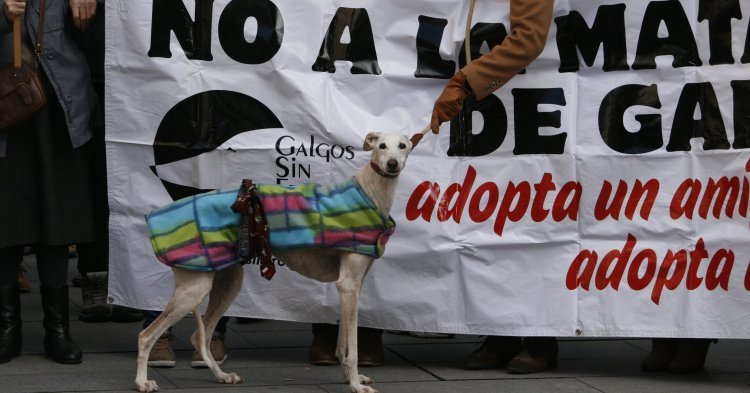The trigger: the death of a trainer
On the 31st of March 2010, Americans were shocked by a violent event hitherto unseen. In front of a stunned crowd at the Sea World, Orlando, the killer whale Tilikum caught its trainer Dawn Brancheau by her ponytail and dragged her to the bottom of the pool, killing her. Although she is the only Sea World trainer to have been killed by one of these animals, it is the third fatal accident caused by this particular whale. This tragic accident is the starting point of Gabriel Cowperthwate’s documentary produced in 2013. She delivers a poignant account, using archive images and testimonials, of the life of these animals, from when they are captured in the polar seas to their —often, early— deaths in these animal parks.
The fight against animal abuse: different opinions in Europe
For a few years now, associations such as Sea Shepherd or C’est Assez (‘That’s enough!’), a French organisation that advocates for whales and dolphins) have fought in France and Europe to put an end to whale captivity in animal parks. After there were significant floods in the south of France, a whale died in its pool at Marineland in Antibes on the 12th of October 2015. The whale’s death compelled the association C’est Assez to intensify its fight against animal captivity. In May 2017, Ségolène Royal who was then the Minister for the Environment, Energy and Sea and charged with the International Relations on climate, succeeded in having a ministerial decree passed forbidding the reproduction of captive dolphins and whales. This decree would have put an end to the captivity of these species in the long term but the state council annulled it in January 2018 because of a procedural violation. Since then, various organisations have attempted to convince the government to vote for a similar decision again in order to follow in the footsteps of many European countries. Indeed, there are extremely restrictive rules in Luxembourg, Norway and Switzerland on the exploitation of cetaceans in animal parks. In Croatia, exploiting marine animals for commercial purposes is legally forbidden. These measures are put in place to protect these sentient animals whose way of life does not suit captivity.
France also lags behind the other countries on the issue of wild animals being kept in circuses. According to a survey from the IFOP (the International Market Research Group, based in France) for the organisation 30 million d’amis (’30 million friends’), 67% of the French population want animal exploitation in circuses to stop and yet, nothing has changed. As for Greece, Austria and Belgium, they have banned wild animals from their circuses. Thanks to new technology, German circus’ Rocalli’s director has included animals in shows without exploiting them – he has put on various acts using holograms of animals. The aim is to adapt to changes in public opinion and regulation while still enthralling young and old alike.
What do we hope will happen after captivity?
Wild animals are not meant to live in captivity; in some species, it causes repetitive behaviours such as loss of appetite and self-mutilation. To improve their living conditions, we need to create sanctuaries where these animals could live semi-free. The organisation One Voice works to ensure that animals used in circus shows are sent to these protected places. Only animal protection in natural habitat will enable us to avoid the extinction of these species. In some cases the animals might even be released. In 1993 the killer whale Keiko was known for having played the character Willy in the film Free Willy, about a whale released after being exploited in an aquatic park. The film was a global success but animal rights supporters were angry that Keiko was still captive in Mexico contrary to what the film portrayed. A foundation was then created and, after a fundraising campaign, the whale was transferred to a care facility in Oregon. Eventually, she was sent to an Icelandic island to relearn how to live in the wild. Then, Keiko was released in her natural habitat where she proved capable of finding food on her own. Keiko’s story can give us some hope for other species in captivity in Europe and, it demonstrates that wild animals that are reintroduced in their native habitats can adapt, even after being dominated by humans for a long time.
According to Gandhi, a man who is cruel to animals cannot be a good man. Yet it would seem there is still hope for animals in France. In last December, Rewild and journalist Hugo Clément succeeded in uniting a part of French public opinion to buy a zoo and transform it into a Wildlife Rehabilitation Centre. People created a solidarity chain on social networks which helped reach the goal amount rapidly. This is an initiative full of hope!


Follow the comments: |
|
